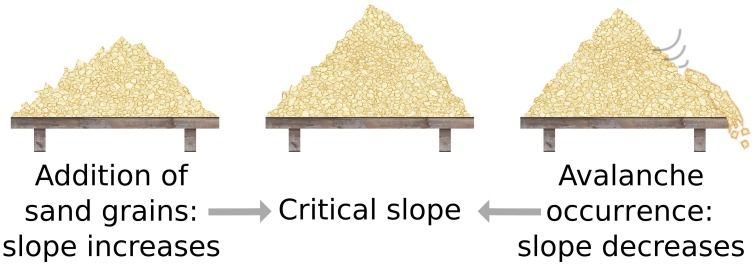Blog: Sandpile Monetary Policy and Inflation
Do the dynamics of sandpiles and complexity theory tell us something about monetary policy?

In 1987 Bak, Tang and Wiesenfeld (BTW, not "by the way") published a paper entitled Self-Organized Criticality. That paper discussed what is now called the BTW Sandpile Model. It was a simple example of how a complex system could reach a point where stability would reassert itself.
I discussed this model in the 1996 edition of Chaos and Order in the Capital Markets, but as others have before and since I was looking at that approach to explain how markets grow and collapse. I've lately been thinking of the model in terms of reactive monetary policy, which the Fed and other central banks implemented in 2022. The complexity behind sandpiles may explain why tightening monetary policy typically leads to recessions which are largely attributed to over-tightening. Over-tightening is often attributed to the long lags between the action of raising rates and reaction in the economy. But is it?
